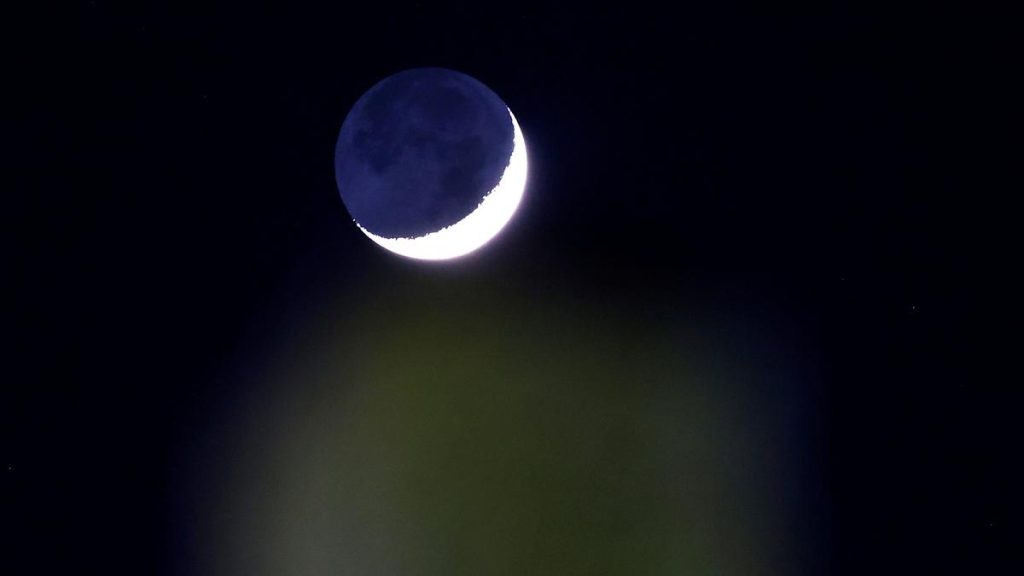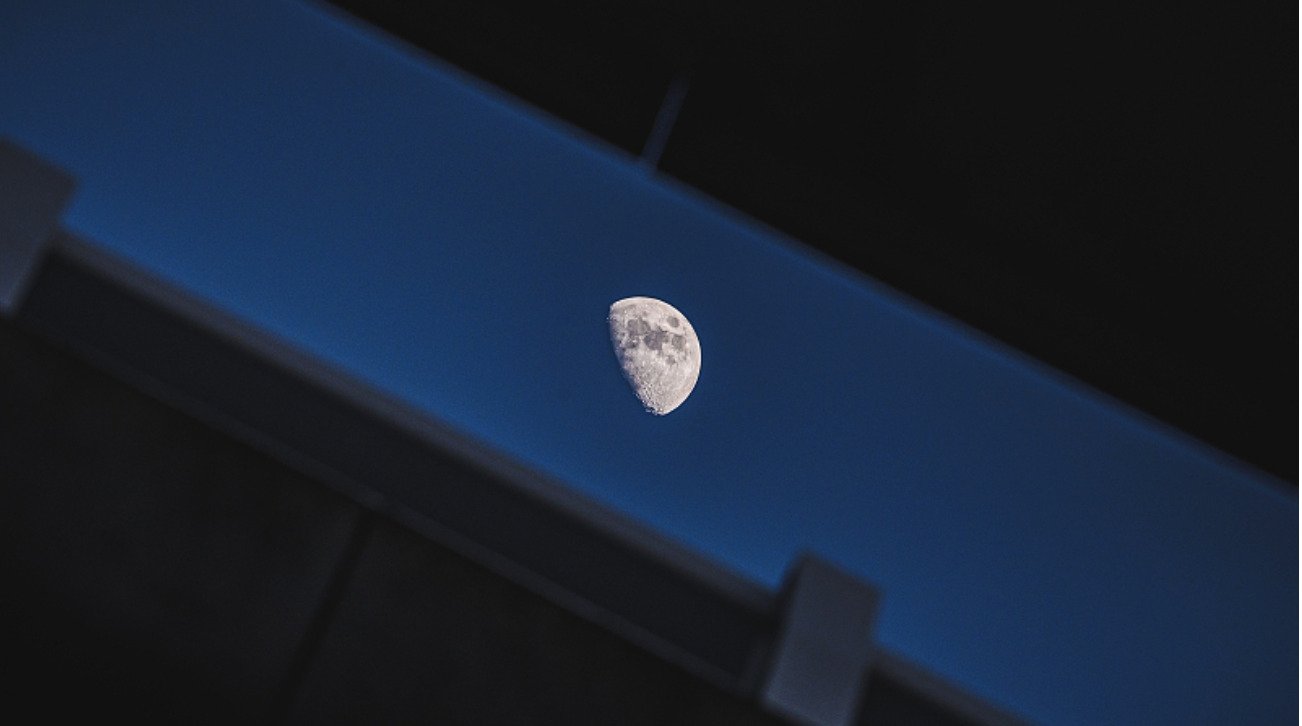The space station operates on Coordinated Universal Time, or UTC. It is based on atomic clocks, despite not having its own time zone.
The European Space Agency wants to establish a separate time zone on the moon since there are more lunar missions plan than ever before.
The agency said this week that many space organisations are debating the best way to keep time on the moon. The concept came up during a conference in the Netherlands late last year, with participants agreeing on the urgent need to establish “a single lunar reference time”, said the space agency’s Pietro Giordano, a navigation system engineer.
“A joint international effort is now being launch towards achieving this,” Giordano said in a statement.
A lunar mission currently follows the time zone of the nation that is in charge of the spacecraft. According to European space authorities, everyone would benefit from having a universally recognised lunar time zone. Especially as more nations and even private firms aim for the moon and NASA prepares to deploy humans there.

Fast nearing the 25th anniversary of the launch of its first component. NASA was force to consider the issue of time while planning and constructing the International Space Station.
The space station operates on Coordinated Universal Time, or UTC, which is strictly based on atomic clocks, despite not having its own time zone. The time gap between NASA, the Canadian Space Agency, and the other cooperating space programmes in Russia, Japan, and Europe is therefore more evenly distribute.
According to the European Space Agency, the multinational team studying lunar time is arguing whether one organisation. It should establish and manage time on the moon.
You should also think about the technological concerns. According to the space agency, clocks on the moon operate 56 microseconds quicker than those on Earth. Ticking behaves differently on the lunar surface than it does in lunar orbit, which further complicates issues.
Hermann Hufenbach of the space agency pointed out that maybe the most crucial need for lunar time. It will be that it be useful for astronauts there. NASA hopes to send people to the moon for the first time in more than 50 years in 2024. With a possible lunar landing as early as 2025.
“This will be quite a challenge” with each day lasting as long as 29.5 Earth days. “But having established a working time system for the moon. We can go on to do the same for other planetary destinations,” Hufenbach said in a statement.

